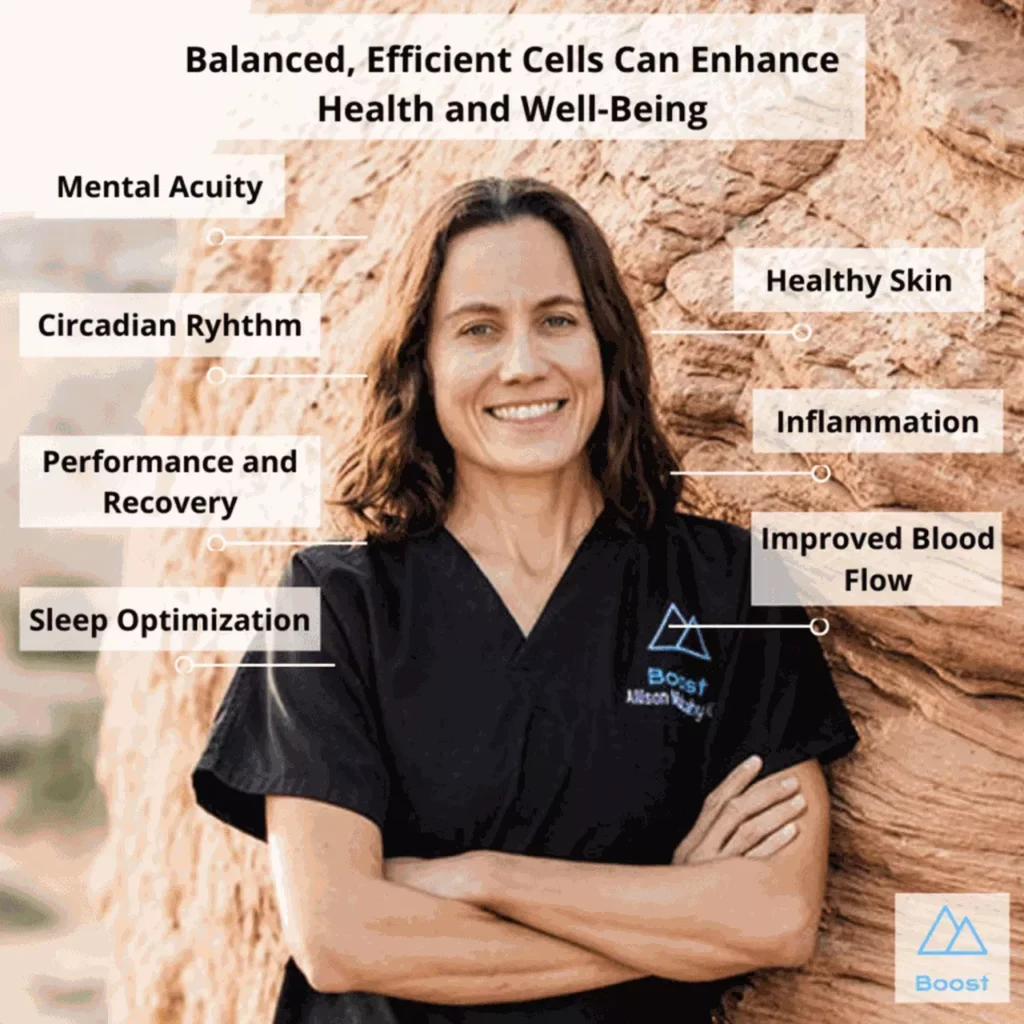
How does sitting in front of an infrared panel help you heal?
Happy Holiday and Happy Winter Solstice to everyone in the Northern Hemisphere! As this is the darkest week of the year, it seems like a good time to talk about the importance of light for performance and recovery.
Light is essential for our health and cellular function, just like water, nutrients from food and sleep. The human body is designed to function with an abundance of natural sunlight. Our ancestors spent all of their time outside. Even in the winter, outside of the polar regions, they were exposed to natural light during the day for the most part. These days, most of us spend over 90% of our days inside and miss out on a lot of the benefits from the light. We’ll talk about the importance of light and circadian rhythms another time.
Today, I will discuss how light therapy can help you recover faster and perform better. Athletes and anyone interested in helping their bodies heal and recover from strain and inflammation will benefit. Light therapy is safe, effective, and backed by a large amount of peer-reviewed clinical research. Light therapy can improve cellular function and ATP energy production. It can also decrease inflammation, improve blood flow and optimize sleep. It helps with recovery, healing and performance and mental acuity. It can also support skin health and beauty.
Our muscles have trillions of cells and need a lot of ATP energy to do their jobs and keep our bodies in the balance after bouts of strenuous exercise.
Light therapy treatments act on muscle cells in several ways. Light therapy:
- Improves cellular ATP energy synthesis, glycogen synthesis
- Protects against oxidative stress reduction and exercise-induced muscle damage
- Supports healing and recovery by improving blood flow and oxygen availability.
Light therapy’s effects may improve physical performance and enhance post-exercise recovery. Light therapy has also promoted better fatigue resistance in bouts of exercise or strength training programs. Red Light, delivered at 660nm, is readily absorbed by surface tissues and cells, enhancing skin health and healing. Near-Infrared light, delivered at 850nm, is invisible to the human eye and penetrates into deeper tissues leading to enhanced recovery and inflammation support.
Opening and closing the metabolite gate.
Photobiomodulation in human muscle tissue: an advantage in sports performance?
Effect of Pulsing in Low-Level Light Therapy.
Light therapy simply involves sitting or standing in front of a panel of LED lights that deliver wavelengths of red and near infrared (NIR) light to the skin and cells.
You can use light therapy before or after exercise to optimize your training.

